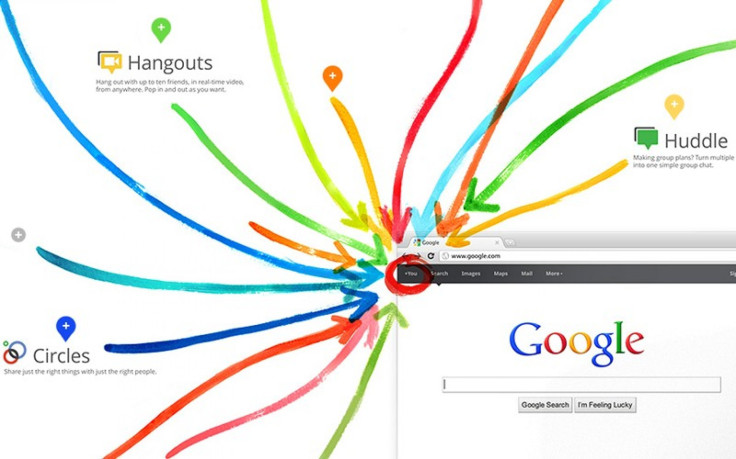Google+ 'Circles' is not enough to beat Facebook, Zuckerberg suggests

Mark Zuckerberg latched on to an apparent flaw in the Google+ model of social networking to drive home the point that the latest social networking initiative from arch rival Google could not pose a big threat.
Speaking after Facebook launched new chat products on Wednesday, Zuckerberg pointed a finger at the 'Circles' in of Google+, which had been touted as the killer feature that made a differentiation with the Facebook model.
The definition of groups is . . . everyone inside the group knows who else is in the group, Zuckerberg said. The Facebook founder has always said the idea of asking users to create and maintain group is an impractical one. Here, in the Google+ model, this is exactly what happens.
The core theme behind Circles is that people don't want to share all information to everyone they know and that they would rather want to share select pieces of information to various people in their friends list. For this they need to create groups and share information accordingly. This is pretty similar to the Twitter model of asymmetric sharing whereas Facebook follows the symmetric pattern under which everyone knows who all are in the group.
Circles are one-way, or asymmetric. Everyone sets up their own Circles and nobody knows whose Circle they are in, writes tech analyst Erick Schonfeld in TechChrunch.
Zuckerberg closed in on this apparent flaw in the Google+ model. If everyone doesn’t know who are in the 'group', and more importantly, if nobody knows which group they are in, how can this be called a group?
Google presented Google+ to help users come as close to the experience of real time sharing as possible. Not all relationships are created equal. So in life we share one thing with college buddies, another with parents, and almost nothing with our boss, according to Google.
So if you fear being bombarded with what all the 'friends' are sharing, without being able to pick and choose who you would like to interact with and what level, then you would find more peace at Google+, or so Google thought.
Now, Zuckerberg, who was one of the earliest persons to appear on Google+., albeit glum-faced, has pointed out that this model can have its own set of problems.
A TechChrunch analyst said most people seem to be sharing to “Public” and not actually using their Circles. That type of usage doesn’t seem tenable as Google+ gains users. Imagine the service having over a million users (which would be quite low for Google) — while you’ll still be in control of what posts you see, the comment sections will likely be too much. And people re-sharing other content will lead to too much noise, wrote MG Siegler.
Siegler also foresees the chance of people simply shoving everyone into the default “Friends” or “Following” Circles and going about their business. This could undermine the unique proposition that Google+ wanted to make and make it more like Twitter.
Google's best bet to success with Google+ is a scenario in which people learn how to do specialized sharing with smaller networks. And then they should like this too.
Zuckerberg, the master craftsman of the social networking model, gives thumbs down on this.
RELATED ARTICLE(S)
> Google+ launched – What are the top 10 Social Networking Sites?
© Copyright IBTimes 2025. All rights reserved.



















